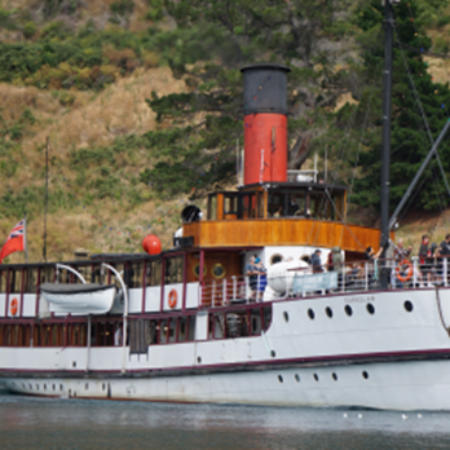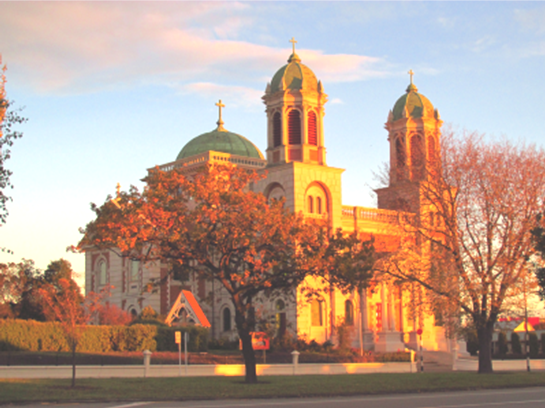One of the most beautiful times in art and architecture—and some may say in sophisticated
social life—was the Edwardian period, the time from the beginning of the 20th century to the First World War (even though Edward VII died in 1910). In Europe, this time was known as “La Belle Epoque”—the beautiful period, which is generally thought to have begun late in the 19th century.
People sought to find and establish beauty in the world around them. This was clearly shown in architecture, which melded some of the most established traditions of previous times with new technology and tastes to produce some outstanding buildings.
In New Zealand, it was mainly the Roman Catholic Church that was expressed that period in a distinctly “Romanesque” style. The Cathedral of the Blessed Sacrament in Christchurch and the basilicas in Timaru, Waimate and Invercargill are examples. Other well-known buildings that reflect the spirit of La Belle Epoque are the now-destroyed Regent Theatre in Christchurch, Daresbury in Fendalton, the Ferry Building in Auckland, the Bath House in Rotorua, and the Opera House in Oamaru. But I think the best example of the expression of beauty is the Dunedin Railway Station.
That railway station conveyed the spirit of the age, with its charm and functionality. Even though the railway network in New Zealand was not yet that developed, it was also a high point for travel.
From 1902 to 1914 the NZR featured dining carriages on its long-distance trains, conveying a sense of luxury and dignified travel never seen again in this country. In my opinion, some of the most
elegant steam locomotives used in this country were developed during this time, such as A class engine, an example of which can still be seen at the Weka Pass Railway.
Such dignified travel can also be seen in the ships of the period, which surpassed anything previously built in their detailed attention to beautiful design (unless you are a sailing ship fan). Examples of this style are the T.S.S. Earnslaw on Lake Wakatipu, but also the S.S. Ngaphui. Internationally, most famous of all is of course the “Titanic”.
However, as we all know from watching the movie, the “Titanic” was also emblematic of some of the problems of that age: great wealth inequalities (probably greater than in previous centuries); strict class separation; and cumbersome hierarchies. For some people this was not a beautiful time, but rather a difficult time to survive. It was also one of the most fervently militaristic times, with children dressed in uniforms, youths marching, and military parades regularly held in towns and churches. There was a romanticism to the military as in few other times, together with increasing armament and national grandstanding, so that many people felt that war was never far away. Indeed, it soon came along in all its cruelty and through it destroyed the beauty of La Belle Epoque.
In all the beauty there was a strain of injustice and destruction, that eventually burst forth. I wonder to what extent beauty sometimes is tinged with our human failings, which lead to suffering.
Blessings – Tim


